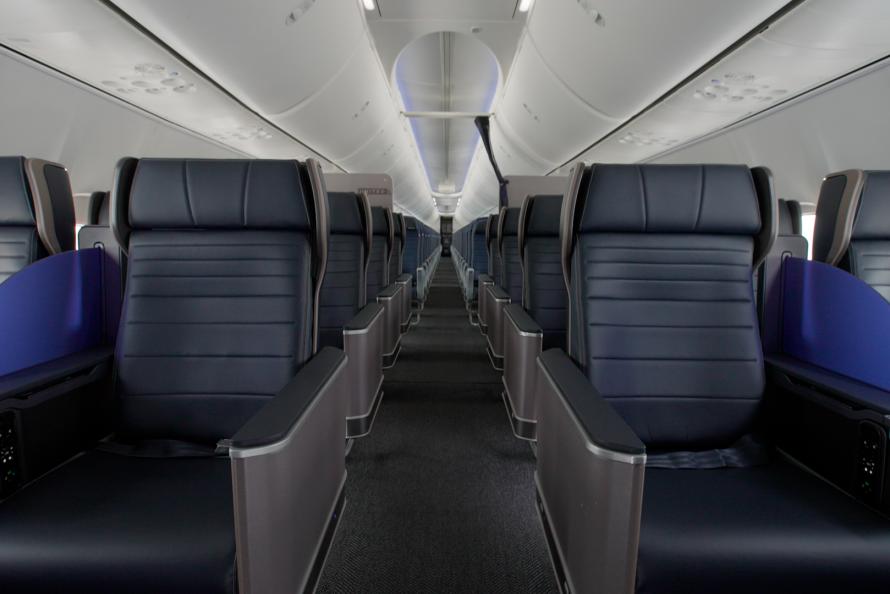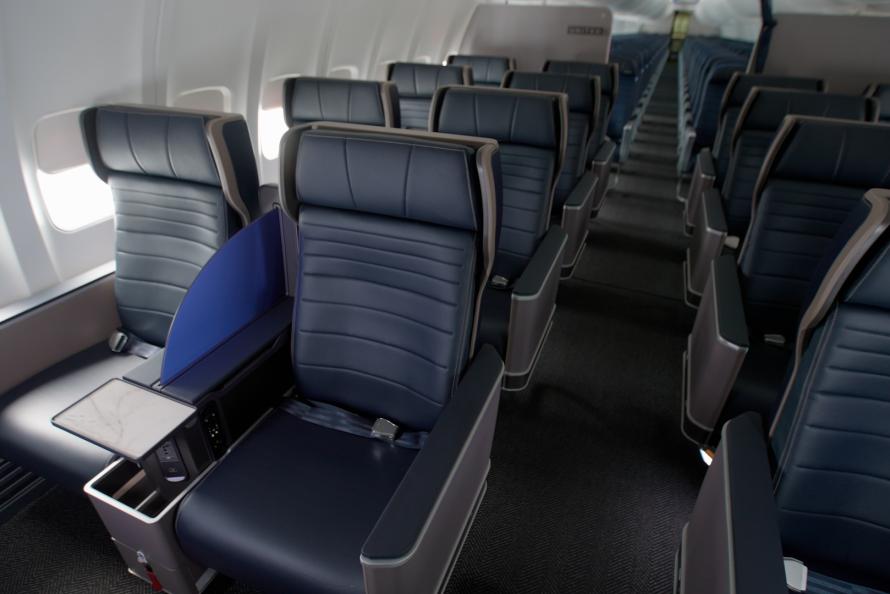The flight, which was bound for Grand Cayman Island, is the 100th United Airlines flight retrofitted with a new interior and wireless charging capabilities.
George Bush Intercontinental Airport, one of the busiest airports in the United States and a major hub for United Airlines, welcomed the 100th upgraded aircraft under the United Next Plan, a program and growth strategy designed to provide more choices to customers across United’s global network through accelerated fleet modernization and a premium onboard experience.
The airline is adding up to 200 widebody planes, the largest order by a U.S. carrier in commercial airline history. A total of 700 new planes in its fleet by 2033. United is also retrofitting hundreds of existing planes with an updated interior.
"United emerged from the pandemic as the world's leading global airline and the flag carrier of the United States," said United CEO Scott Kirby. "This order further solidifies our lead and creates new opportunities for our customers, employees and shareholders by accelerating our plan to connect more people to more places around the globe and deliver the best experience in the sky.”
The 9:45 a.m. July 25th United flight from Houston to Grand Cayman Island is among the current fleet being retrofitted with United’s new signature interior and wireless charging surface. The new fleet also features larger overhead bins, seatback screens, in-seat power and wireless Bluetooth connections.
“The future of commercial aviation has arrived to Bush Airport,” said Jim Szczesniak, Chief Operating Officer for Houston Airports. “The modernization of United’s fleet aligns with our vision to become a 5-Star global air service gateway where the magic of flight is celebrated. This new fleet of aircraft help Houston Airports deliver a world-class passenger experience.”
United’s impressive expansion creates nearly 2,000 jobs in Houston. The aggressive growth strategy also allows United to make its aircraft more sustainable. The airline’s new narrowbody aircraft are 11% more fuel efficient. United’s Boeing 787, 787 MAX and Airbus A321neo aircraft are designed to support the airline’s goals of reducing greenhouse gas emissions by 100%, without carbon offsets, by 2050.

